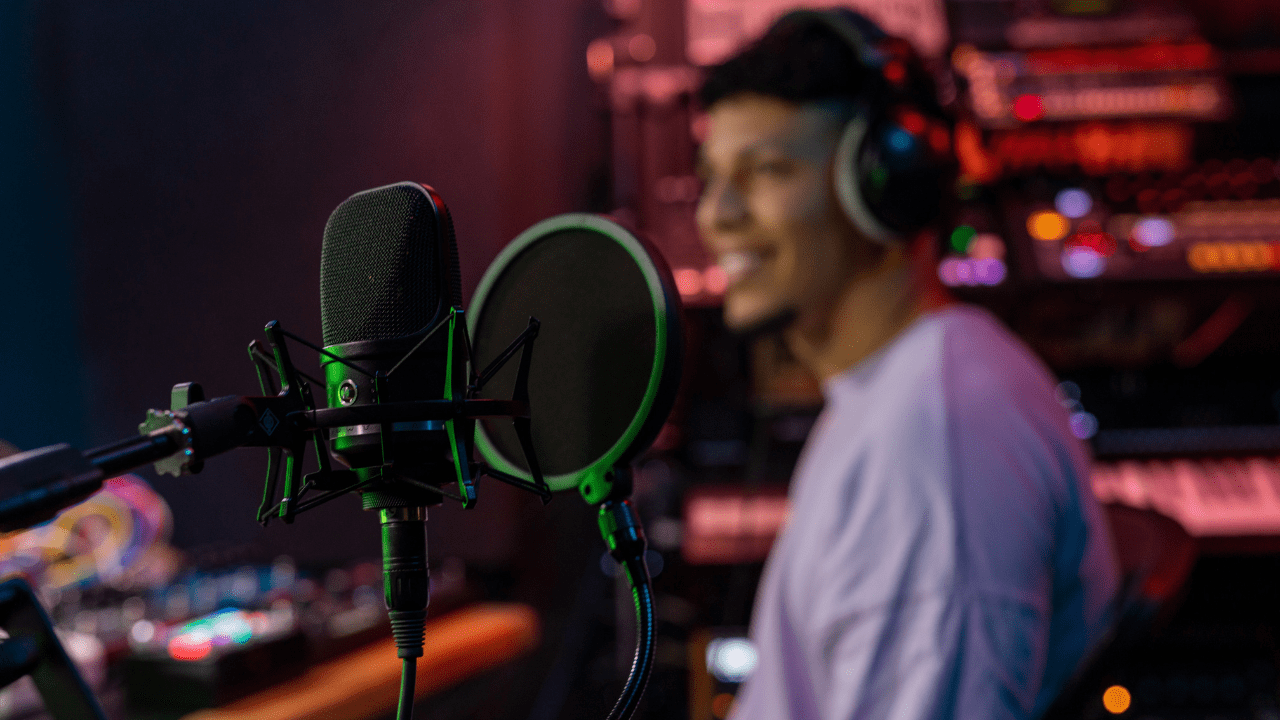Imagine listening to your favorite song and feeling every beat, instrument, and vocal perfectly blend together. This magic is created through something called sound mixing. Whether you are a musician, a podcaster, or someone who loves making music for fun, sound mixing is what makes your audio clear, balanced, and enjoyable.
In this guide, I’ll walk you through everything you need to know about sound mixing in the simplest way possible. Whether you’re just starting or you’ve been mixing music for years, these tips will help you achieve the best sound mixing for your projects.
Why is Sound Mixing Important?
Think of sound mixing as cooking a delicious meal. If you don’t mix the ingredients properly, the dish won’t taste good. The same goes for music! Without good sound mixing, even the best song can sound messy or unprofessional.
Here are some reasons why sound mixing is super important:
- Clarity: It makes every instrument and vocal clear and easy to hear.
- Balance: All the sounds (bass, drums, vocals) are in the right volume and don’t overpower each other.
- Emotion: A good mix makes the listener feel the emotion of the music.
- Professional Quality: Well-mixed tracks sound polished and are ready to play on any device or platform.
What Do You Need for Sound Mixing?
Before you start mixing, it’s important to have the right tools. Don’t worry; you don’t need to buy expensive equipment to get started.
1. Digital Audio Workstation (DAW)
A DAW is software where you record, edit, and mix music. Popular options are:
- GarageBand (free for Mac users)
- Audacity (free for everyone)
- FL Studio
- Logic Pro
2. Good Headphones or Speakers
You need to hear the sounds clearly to mix them well. Headphones are great for detailed listening, while speakers help you hear how the mix sounds in a room.
3. Plugins and Effects
Plugins are tools that help you shape your sound. These include:
- EQ (Equalizer): Balances frequencies.
- Compressor: Controls loudness.
- Reverb: Adds space and depth.
4. Audio Interface
This connects your microphone or instruments to your computer. It makes sure your recordings sound clean.
5. Practice and Patience
Sound mixing isn’t something you master in a day. But the more you practice, the better you get!
How to Mix Music: A Step-by-Step Guide
Let’s break sound mixing into simple steps. Think of it as a fun process, like solving a puzzle where all the pieces fit perfectly together.
Step 1: Start with a Clean Setup
- Label all your tracks (e.g., vocals, drums, guitar).
- Organize them into groups so it’s easier to manage.
Step 2: Adjust Volume Levels
- Make sure each track has the right volume. The vocals should be clear, but not too loud.
- The instruments should blend without clashing.
Step 3: Use EQ to Clean the Tracks
- EQ removes unnecessary sounds. For example, you can lower bass frequencies on a vocal track to make it clearer.
- Boost the important frequencies that make each instrument shine.
Step 4: Add Compression
- Compression makes the sound smooth by controlling sudden volume changes.
- Apply it gently, especially on vocals and drums.
Step 5: Panning for Space
- Panning is like deciding where each sound comes from in your headphones.
- Place instruments slightly left or right for a wide, immersive effect.
Step 6: Add Effects Like Reverb and Delay
- Reverb makes the sound feel like it’s in a big room.
- Delay creates an echo effect. Don’t overdo it—subtle effects work best!
Step 7: Listen and Tweak
- Play your mix on different devices (headphones, speakers, phone) to see how it sounds.
- Make adjustments if something feels off.
Tips for Beginners in Sound Mixing
- Start Simple: Don’t try to do everything at once. Focus on getting the volumes and EQ right first.
- Use Reference Tracks: Listen to professional songs to guide your mixing.
- Take Breaks: Your ears get tired after long sessions. Take breaks to keep your mix fresh.
- Experiment: Don’t be afraid to try new things and make mistakes. That’s how you learn!
Common Sound Mixing Mistakes to Avoid
It’s easy to make mistakes while mixing, but don’t worry—you can fix them! Here are some common ones:
- Too Many Effects: Using too much reverb or delay can make your mix sound muddy.
- Ignoring Balance: If one instrument is too loud, it can ruin the mix.
- Skipping References: Always compare your mix with professional tracks.
- Mixing Too Loud: Mix at moderate volumes to avoid ear fatigue.
How to Make Your Mix Sound Professional
If you want your music to sound like it was made in a professional studio, here are some tips:
1. Parallel Compression
This technique makes your drums and vocals punchy without losing their natural dynamics.
2. Stereo Imaging
Use stereo imaging tools to make the mix sound wide and spacious.
3. Automation
Automation lets you adjust volume, panning, and effects over time, adding movement to your mix.
How AI Tools Can Help with Sound Mixing
Mixing can feel overwhelming at times, but technology is here to help! Platforms like Deliver My Tune offer AI mastering tools that polish your mix automatically. AI tools analyze your music and enhance it to sound professional without needing advanced skills.
Why Sound Mixing is an Art
Sound mixing isn’t just about technology; it’s about creating a feeling. Whether you’re mixing for a pop song, a movie soundtrack, or a podcast, your mix tells a story.
FAQs About Sound Mixing
Q: Do I need expensive gear to mix music?
No, you can start with free tools like Audacity and upgrade later as you improve.
Q: How long does it take to mix a song?
It depends on the complexity of the track. For beginners, it might take a few hours, but professionals can mix faster with experience.
Q: Can I mix music without a studio?
Absolutely! Many great mixes are made at home with the right tools and techniques.
Conclusion: Your Sound Mixing Journey Starts Here
Sound mixing may seem like a big challenge, but it’s an exciting one. The more you practice and experiment, the better you’ll get. Start with the basics, keep learning, and don’t be afraid to ask for help when needed.
Remember, the best sound mixing isn’t about perfection—it’s about making your music sound the way you want it to.
Ready to take your music to the next level? Dive into sound mixing today and let your creativity shine!
Related Articles:
For further reading, explore these related articles:
- What is VEVO? Full Form, Meaning, and Everything You Need to Know
- What is a Remix? An Easy Guide to Understanding the Art of Remixing
For additional resources on music marketing and distribution, visit Deliver My Tune.






